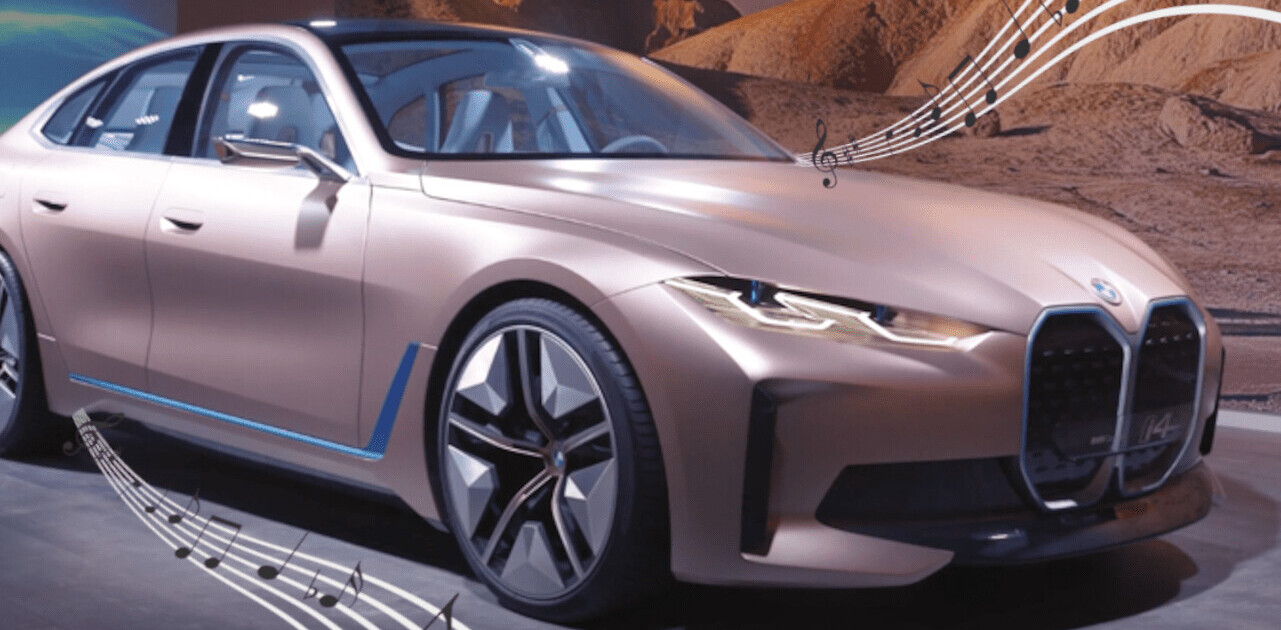British sports car maker Lotus has finally unveiled its long-awaited second electric vehicle, the Eletre.
It’s the company’s first SUV, and while such vehicles don’t usually get called beautiful, this time I’ll call it: the Eletre is a slick-looking machine, which seems like a hell of a package.
Feast your eyes:
As you can see above, the EV isn’t beautiful in a conventional way. Its design language is rather aggressive with a cab-forward stance, long wheelbase, and short overhangs. Its front also looks like an angry reptile of sorts. Still, there’s a distinctive elegance somewhere in there.

Hypercar vibe
Lotus boasts that Eletre shares the same DNA with its Evija electric hypercar. And while it can’t really compare with the Evija, this new EV does come across as a high-performance SUV worthy of the Lotus badge.
Built on a dedicated electric architecture platform, the Eletre comes with two electric motors enabling four-wheel drive. There will be three versions available — the least powerful delivering 600 horsepower.

Lotus claims it will sprint to 62mph in under three seconds and top out at 260km/h.
Powered by a 100kW battery, the Electre’s good for an impressive 600km (373 miles) range on a single charge.
“Breathing” air
To enable this performance the design team has focused on reducing weight and improving aerodynamics.
The body panels are all made from aluminum, while the black components are finished in carbon fiber.

But the most notable characteristic is Eletre’s “breathing” function.
Much like the Evija, the vents in the Eletre’s hood, lower grille, front fenders, D-pillar, and outer edges of the taillights serve as channels where air can pass through.
Lotus calls this “porosity.” The benefit? Reducing air resistance and, in turn, improving efficiency and range.
Most notably, the front grille comprises interconnected triangular panels, which stay closed when the car is at rest or when it needs to reduce aerodynamic drag. They automatically open to scoop air to the radiator to cool the electric motors, battery pack, or front brakes when needed.

Light up
The Eletre’s lights are my favorite part of the car.
The most impressive feature is what the company calls the “peacock moment.”
When the driver unlocks the vehicle, its exterior lights run through a short animated sequence, the front grille opens and “breathes,” and the illuminated flush door handles get deployed.
It’s a pure show-off move, but who doesn’t enjoy a little drama?
In the rear, the full-width ribbon light strip can change between four colors. To give you an idea, it’s red while the car is on the move, and when it’s green, it displays the battery status.

Plus, there’s another color-changing light strip below the instrument panels inside the car. It alerts occupants to incoming phone calls, changes in cabin temperature, or battery charge status.
Autonomous potential
Interestingly, the Eletre comes with deployable LiDAR sensors, emerging from the top of the windscreen, the top of the rear glass, and the front wheel arches.
That way, the vehicle is future-proofed for advances in autonomous driving tech. Lotus says that extra autonomous functions can be added through OTA updates — as and when it’s allowed.

For now, LiDAR’s being put to good use, enabling ADAS functions like adaptive cruise control, lane-keeping assist, and automated emergency braking.
Similarly, the side mirrors have been replaced by Electric Reverse Mirror Displays (ERMDs), housing three separate cameras — one for the rear-view mirror, one to create a 360-degree view of the SUV, and a third that’s part of the EV’s intelligent driving technologies.

Interior
Moving inward, the Eletre will come in both four- and five-seat layouts, situated below a fixed panoramic sunroof.
Its interior looks spacious and features a minimalistic design — just with a dash of luxury.

In the front, the instrument cluster has been reduced to a slim strip for key vehicle and journey information. Information can also be projected onto the windscreen via an AR heads-up display, so the driver doesn’t have to take their gaze off the road.
Both the front and the rear occupants can access OLED infotainment touchscreens, measuring 15 inches and 9 inches, respectively.

All in all, we know quite a lot about the Eletre to be blown away. But… there’s one thing we don’t know: the price. For reference, the Evija comes costs a hefty $2 million.
I’m pretty sure that the Eletre won’t come with such a price tag, but according to Car and Driver, its price is expected to be close to Tesla’s Model X. This indicates a starting point of about $120,000 when the EV reaches the US in 2024.
But as the car will be produced in China by Lotus’ parent company Geely, manufacturing costs should be cheaper, which could — hopefully — bring down consumer pricing as well.
Get the TNW newsletter
Get the most important tech news in your inbox each week.





